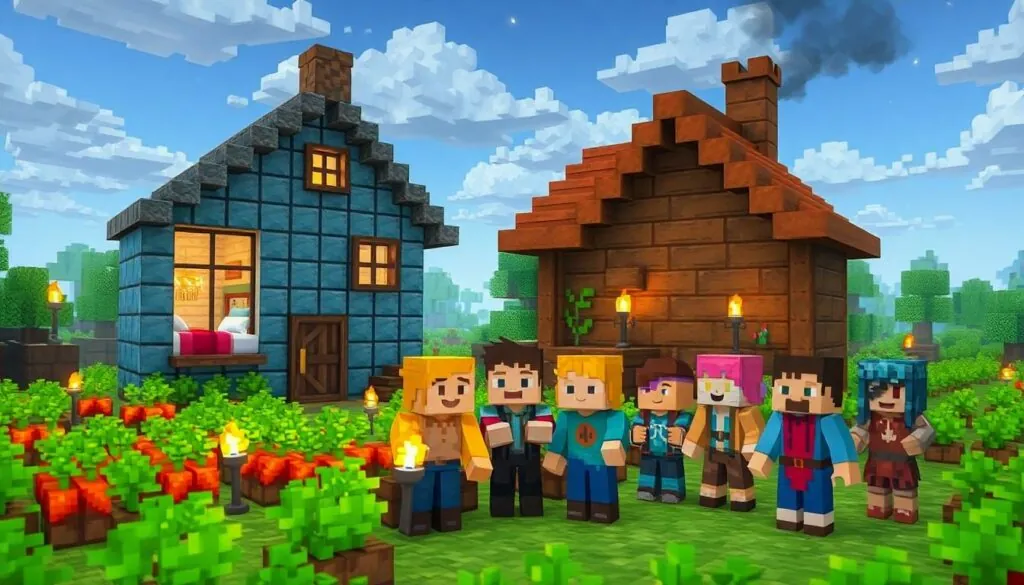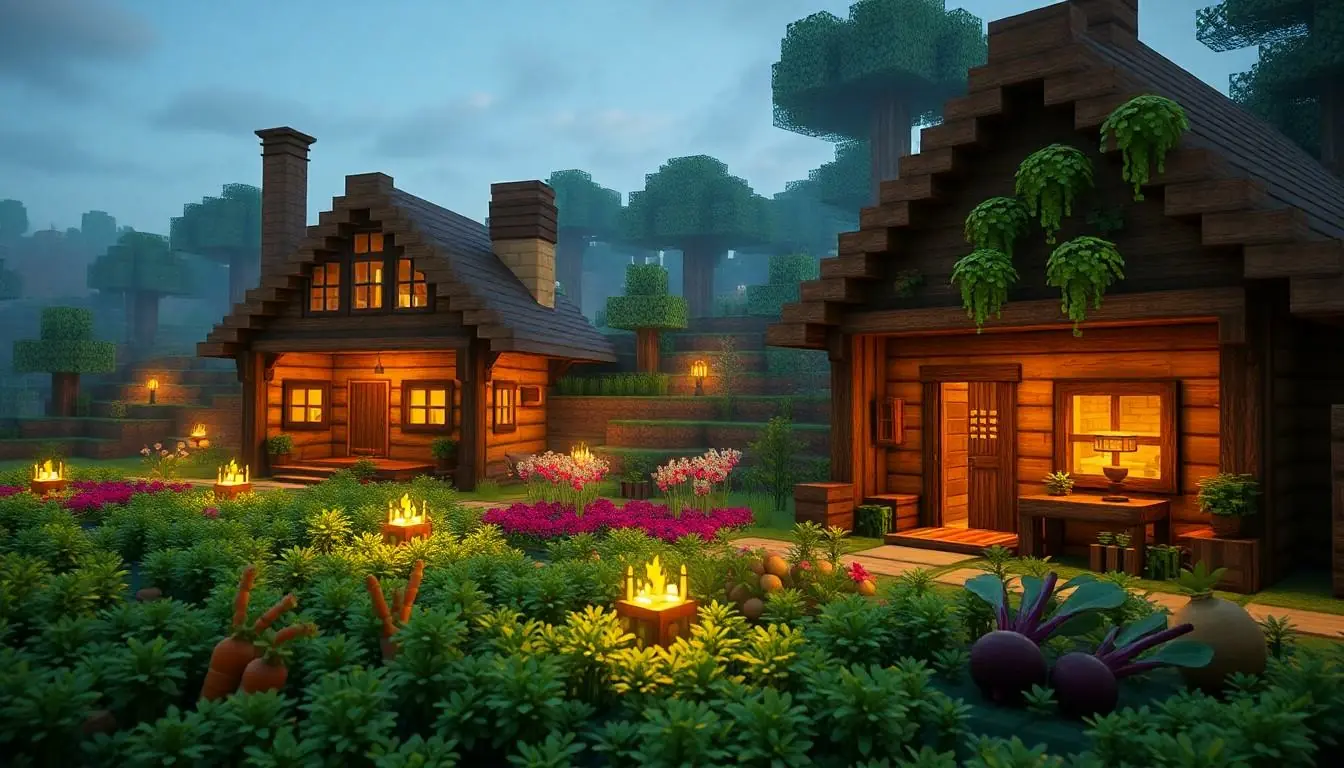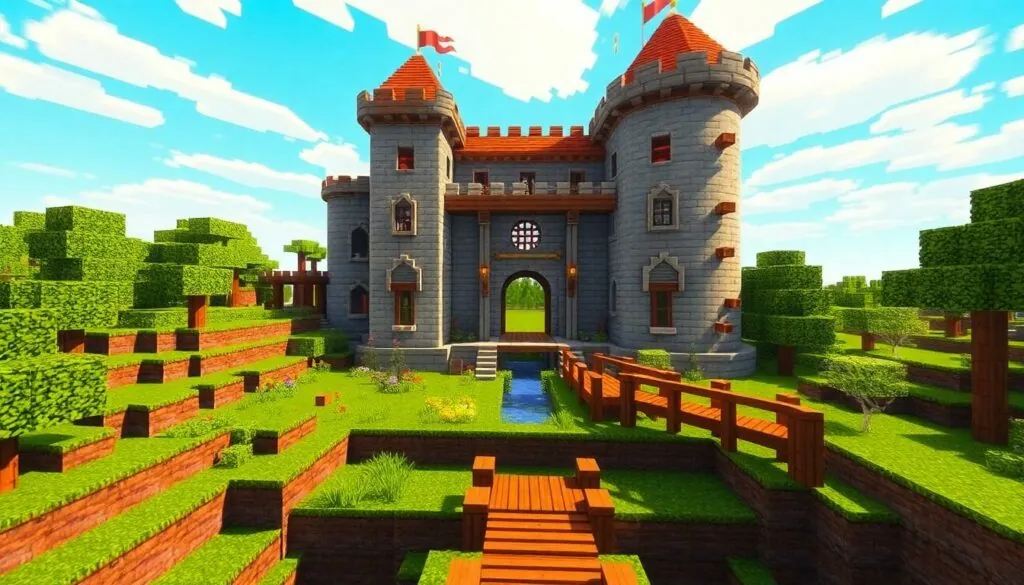In the pixelated world of Minecraft, breeding villagers isn’t just a quirky pastime; it’s a game-changer. Picture this: a bustling village filled with helpful tradespeople, all thanks to your matchmaking skills. If you’ve ever wanted to play Cupid in a blocky universe, you’re in for a treat.
Table of Contents
ToggleUnderstanding Villager Breeding
Villager breeding plays a vital role in Minecraft, drastically enhancing a player’s gameplay experience. By understanding this process, players can create thriving villages filled with unique trades and prosperous communities.
Importance of Breeding Villagers
Breeding villagers is essential for expanding a village’s population. A larger population allows for more diverse trades. It fosters economic growth by ensuring access to various resources. Villagers also contribute to the village’s defense against zombie invasions. By establishing farms and jobs, they help sustain the community. The social interactions between villagers can produce advancements in trades, making them increasingly valuable.
Requirements for Breeding
Villager breeding requires specific conditions to succeed. At least two villagers are necessary for the process to begin. Each villager must possess a bed and access to food. Players must provide 3 bread, 12 carrots, 12 potatoes, or 12 beetroot for villagers to be willing to breed. The surrounding environment must be adequately lit to encourage breeding. Additionally, villagers need access to their beds to ensure a successful breeding cycle. Meeting these requirements sets the stage for an expanding village population.
Preparing the Environment
Creating a suitable environment is essential for successful villager breeding in Minecraft. The right conditions help foster a thriving community.
Suitable Housing for Villagers
Housing plays a crucial role in breeding. Construct at least two distinct houses, each containing a bed. Ensure these homes have enough space for villagers to navigate freely. Villagers require privacy; placing beds at least two blocks apart maintains personal space. It’s vital to avoid overcrowding, as too many villagers in one area can hinder breeding. Additionally, well-lit homes promote comfort. Using torches or glowstone illuminates the space, discouraging hostile mobs and ensuring a safe breeding environment.
Necessary Resources
Food availability significantly influences villager breeding. Providing each villager with at least three bread, 12 carrots, 12 potatoes, or 12 beetroot increases their willingness to breed. Bread, with its simpler crafting recipe, often proves to be the best option. Regularly supplying these resources keeps villagers in a breeding mindset. Ensure the area includes farming plots or nearby crops to facilitate easy access to food. Sufficient light levels boost crop growth. Planting crops near housing encourages villagers to gather food efficiently and reinforces their breeding potential.
The Breeding Process
Breeding villagers in Minecraft requires careful attention to multiple factors. Engaging the villagers and ensuring their willingness to breed forms the foundation of this process.
Attracting Villagers
Attraction involves creating an inviting atmosphere that encourages villagers to engage. Sufficient food, such as three bread, 12 carrots, 12 potatoes, or 12 beetroot, increases their interest. Placing these food items nearby prompts villagers to take notice. Broadcasting a sense of safety boosts their comfort levels. Establishing a welcoming environment where they feel secure contributes to forming new relationships within the village.
Conditions for Successful Breeding
Successful breeding hinges on several essential conditions. Adequate housing plays a critical role; at least two separate houses with beds placed two blocks apart prevent overcrowding. Providing optimal lighting using torches or glowstone creates a safe environment for the villagers. Appropriate real estate—in terms of beds and space—positions villagers for successful breeding outcomes. Clearing obstacles and ensuring a well-lit setting allows effective interactions. Regularly supplying food and maintaining a comfortable atmosphere leads to effective breeding sessions, fostering a vibrant and thriving community.
Managing Villager Population
Managing the population of villagers is essential for a thriving Minecraft village. Players must consider factors that influence breeding and overall village welfare.
Role of Workstations
Workstations play a critical role in villager productivity and interaction. Each villager can be assigned to a workstation, which determines their profession and trade offers. Different workstations include the lectern for librarians, the smithing table for toolsmiths, and the composter for farmers. Assigning villagers to workstations boosts their productivity, encouraging them to settle and breed. Engaging villagers with their respective workstations fosters a positive environment, enabling players to expand their trades and resources. More varied and unique trades contribute to the richness of the village community and economic growth.
Dealing with Excess Villagers
Excess villagers can present challenges when managing a village. When the population exceeds available housing, overcrowding can lead to issues like reduced breeding potential. Players can deal with excess villagers by relocating them to separate areas or creating additional housing. Building new structures with sufficient beds and workstations helps prevent overcrowding and promotes a healthy population. Alternatively, trading excess villagers to other players or villages ensures resources stay manageable. Maintaining a balanced villager population allows for sustained growth and vibrant trade opportunities, resulting in a successful village.
Conclusion
Breeding villagers in Minecraft is a rewarding endeavor that enhances gameplay and fosters vibrant communities. By creating a suitable environment with proper housing and food supplies, players can encourage villagers to form relationships and expand their village population.
Managing this population effectively is key to sustaining economic growth and ensuring a diverse range of trades. With careful attention to housing, safety, and resource availability, players can build prosperous villages that thrive against challenges. Embracing the role of a villager matchmaker not only enriches the game but also leads to a more engaging Minecraft experience.







